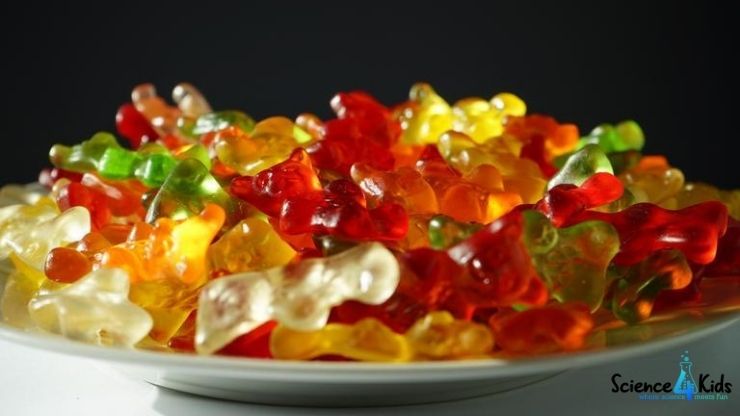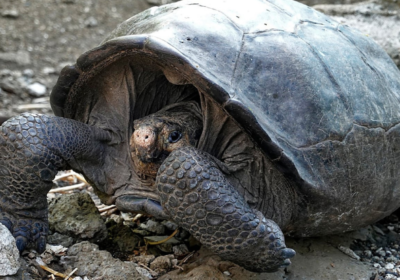Do you love gummy bears? “What an absurd question,” some of you might think. Yes, children all over the world love gummy bears or gummy candies. These pretty, multi-colored candies are unlike regular candies that easily melt in the mouth. You can munch on them for quite some time. Shall we have some fun learning with gummy candies? Gummy bear science project is an ideal stay-at-home project that involves fun as well as learning. Icing on top of the cake, you get to eat some gummy bears too!
What we need

Gummy bear – 3 (extras will be heartily welcomed, right?)
Salt – 1 tablespoon
Small bowl – 2
Water
Ruler (optional)
Procedure
- Fill water in both the bowls. Use water at normal room temperature. Hot water can melt your gummy bears.
- Add salt to the water in one bowl. Stir well so that the salt is dissolved completely.
- Now we have one bowl with salt water, and one with plain water. Put one gummy bear each in both the bowls.
- Make sure that the gummies are fully submerged in water. Now begins your waiting time. Note down the time and leave the gummy bowls untouched for some time.
- After 3 hours, you can check on your gummy bears. Have your bears begun to shape-shift? Good. Don’t take them out of water yet. We need to give them more time.
- What happens to the third gummy bear? We are keeping it out of water, as a measure for comparison.
- Let the gummy bears remain in water for another 6 to 7 hours. The entire process should be complete by now.
- Take out the gummy bears from water, and place all three of them side by side on a paper.
- Watch the difference in sizes of the bears. The bear kept outside water will be the smallest. The bear in plain water will be the biggest, and the bear in salt water might look the same or slightly bigger. (depending on the concentration of salt water)
- For a proper comparison, you can use a ruler and measure the sizes. This is optional. If you do it correctly, the results will be very crystal-clear before your eyes.
Gummy bear science project – Explanation
What do we see here? Gummy bears grow bigger if immersed in plain water for a long time. But they do not grow as much, if the water is salty. Before we proceed to explain this, let us see what makes up the gummy bears.
Gummy bears are made of gelatin, glucose syrup, and a few other ingredients. The presence of gelatin gives a jelly-like appearance to the gummies. The outer portion of a gummy bear is semi-permeable as well. This means that it will allow the free passage of some substances like water.
What happened in the gummy bear science project is due to the process called osmosis. Osmosis refers to the movement of a solvent across a semipermeable membrane, from higher concentration to lower concentration. This solvent is water in most cases.
When we put the gummy bear in plain water, there is a higher concentration of water outside the gummy bear than inside it. So water slowly moves into the gummy through the semi-permeable outer covering, and fills it. Thus the gummy grows bigger in size. Water will keep pushing inside until the concentration of water molecules is the same inside and outside the gummy.
Now, what changes when the water is salty? The answer is pretty obvious. Concentration of water molecules in salt water is lesser than that of plain water. So water does not flow into the gummy as much as in plain water. Water concentration level might even be the same inside and outside the bear. If this is the case, the gummy bear does grow at all. But if there is more water concentration inside the bear than in the salt water surrounding it, the bear will shrink in size instead of growing bigger.
What will happen if we use sugar or baking soda in place of salt? That is for you to find out. You might also want to learn about an easy egg experiment that demonstrates the effect of osmosis.




